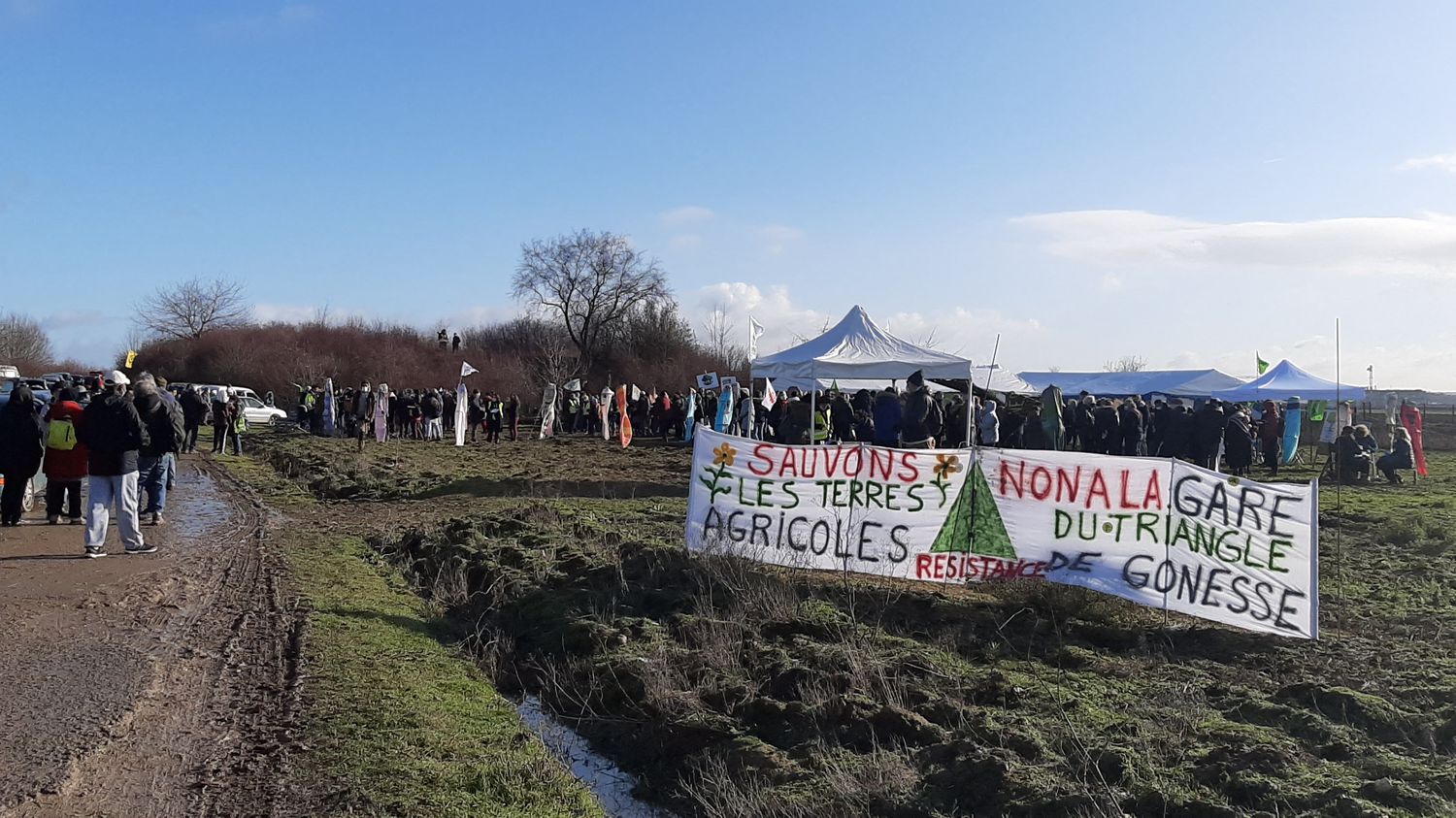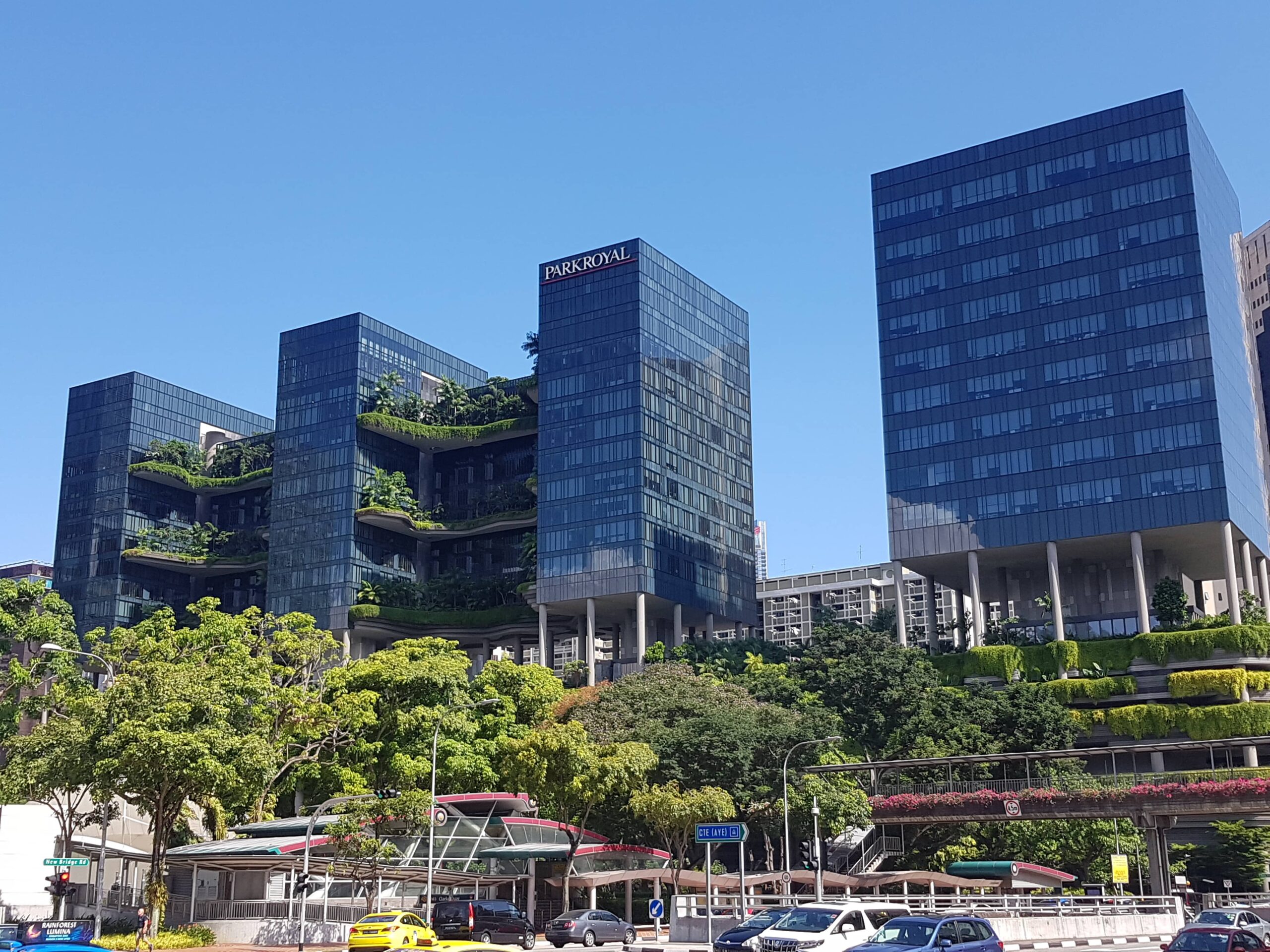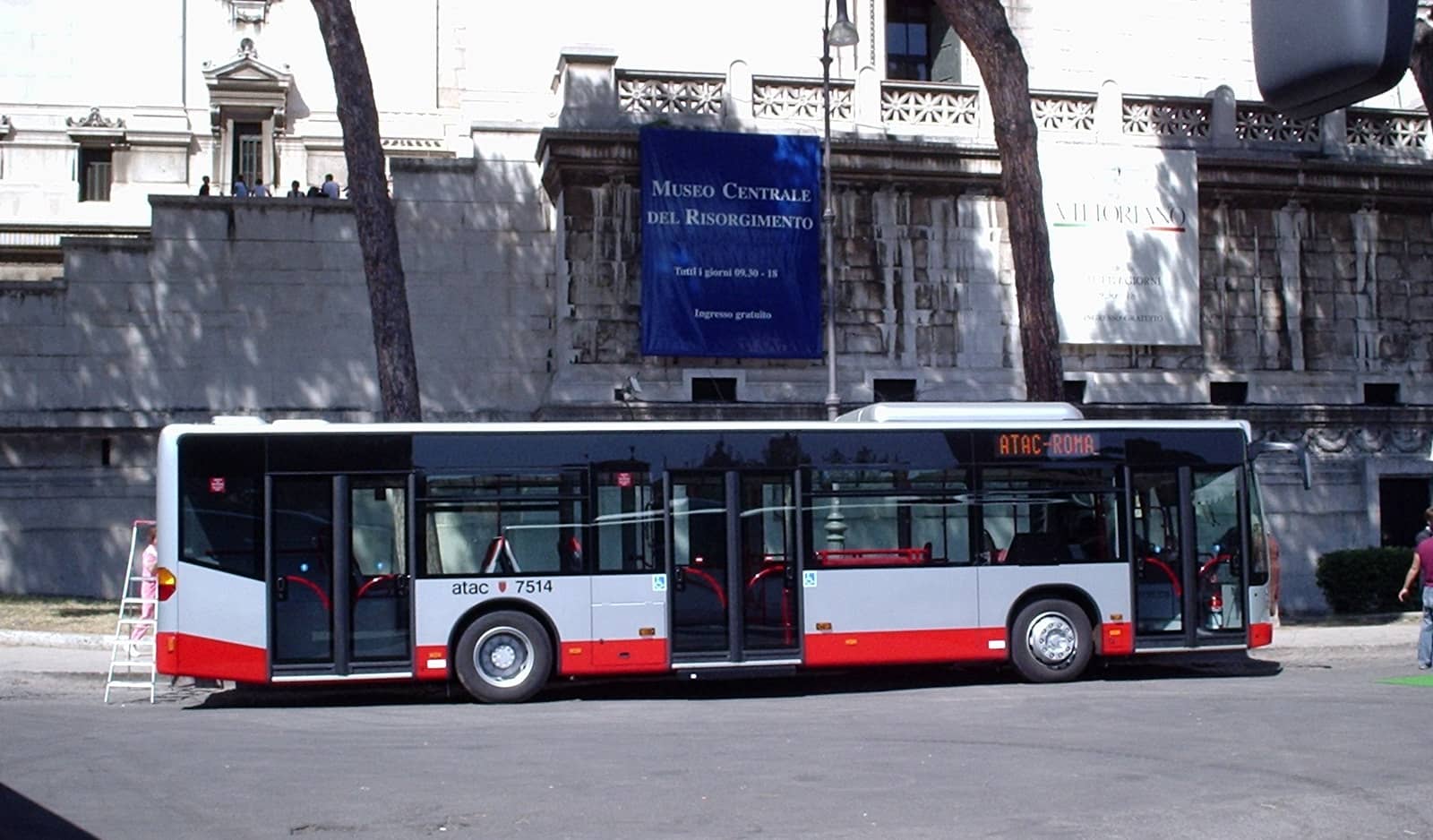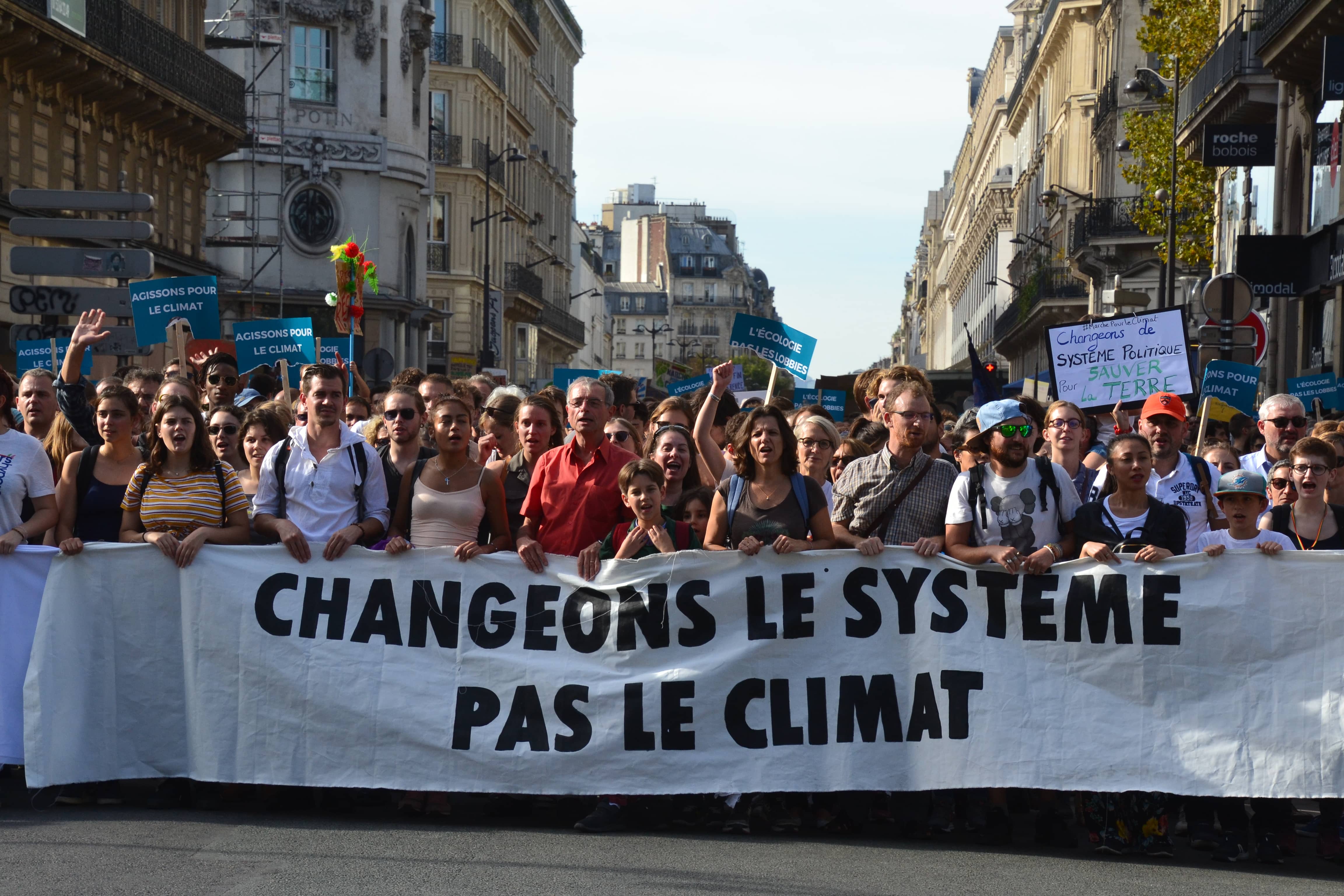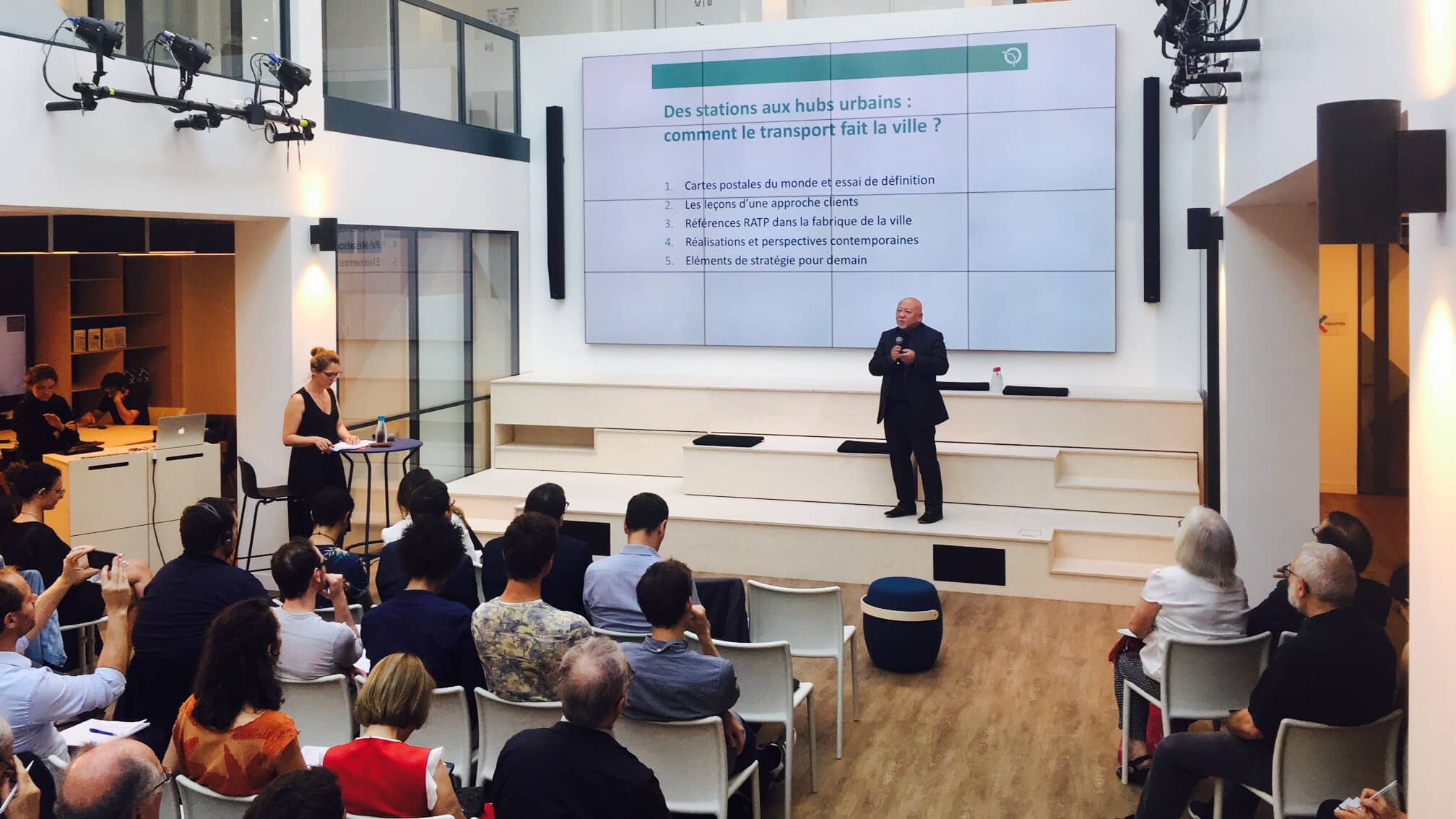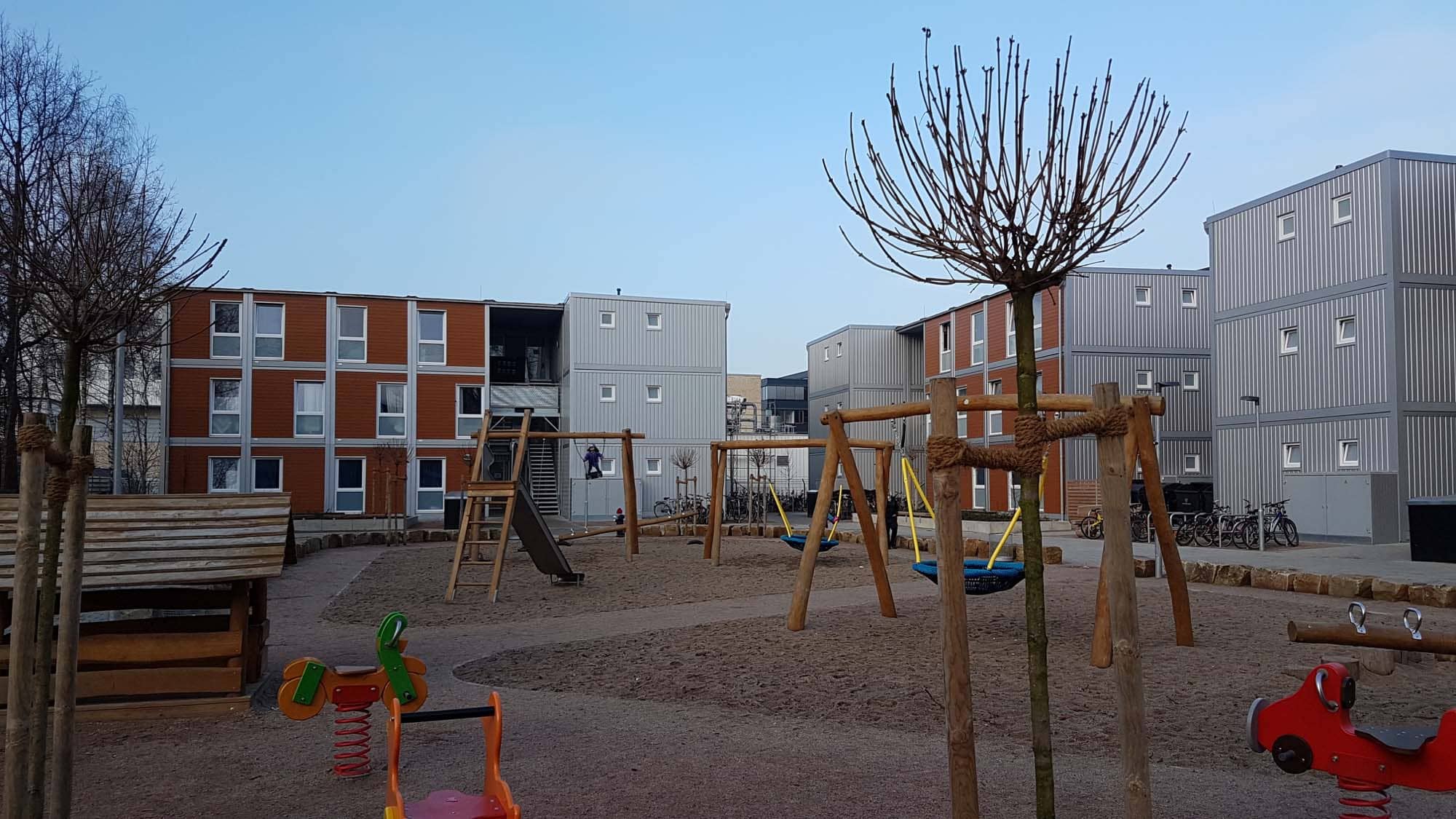

The future of offices, plural
“Rumors of my death have been greatly exaggerated”: the line is famously attributed to Mark Twain, but it might as well be office spaces speaking; over the past few months, countless headlines have predicted the decline of the workplace. It is true, after all, that many factors now point to major changes to come in commercial real estate. First of all, the spread of telework and its adoption by those who have been forced to work remotely ever since the beginning of the pandemic: last month, the annual Telework 2021 barometer conducted by Malakoff Humanis (in French) showed that 86% of teleworkers wished to continue working remotely two days per week. These aspirations, widely commented in the media, have been fueling catastrophic announcements about the future of offices for months. At the same time, the economic crisis and the prospect of a possible downsize of their workforce seem to have convinced some companies that it is time to take the plunge and reduce the size of their offices or the number of workstations.
But while it is difficult to make reliable predictions in times of crisis, the exercise becomes impossible when offices are considered as a monolithic category. The commercial real estate market is complex and disparate, and while certain types of office space are less in demand today than they were in the past (in La Défense, near Paris, new offices are less likely to be rented than they were before the crisis), this is not the case for “the office” in the broadest sense. Thus, for Robin Rivaton, Investment Director in IdInvest’s venture capital team, it is the obsolete office buildings located on the border of the major metropolitan areas that are likely to suffer the most from the crisis; premium office space located in tense areas is likely to remain highly prized. And while the average office space may indeed decrease in the future, this evolution is not necessarily synonymous with a decrease in prices, notes Robin Rivaton. For example, the average office space per employee in North America fell by a third between 2010 and 2017 without a proportional fall in prices, which even rose sharply in the most expensive areas. This potential decrease in the average surface area of office space should be spread out over time, so that the market should be able to absorb it, according to Robin Rivaton. While the crisis does not mark the disappearance or even the decline of office space, it could however give rise to new uses and expectations on the part of companies and employees alike, and to which the players in the sector will have to provide new responses
These other publications may also be of interest to you:
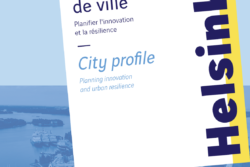
Helsinki : Planning innovation and urban resilience
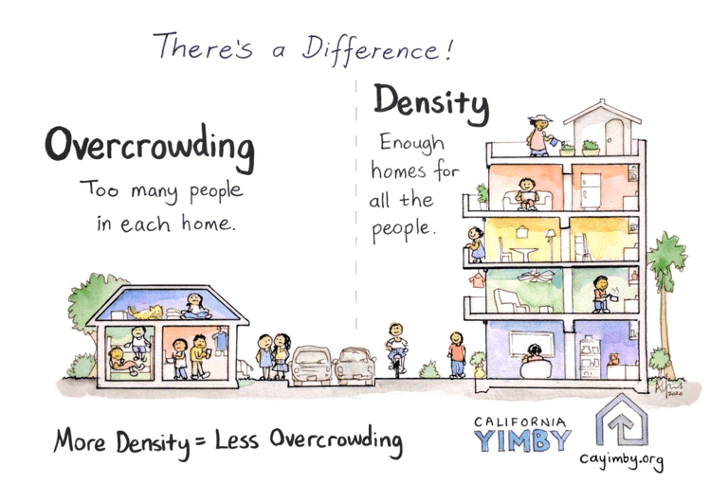
Behind the words: density

Toronto: How far can the city go?

Inventing the future of urban highways
“Dig, baby, dig”
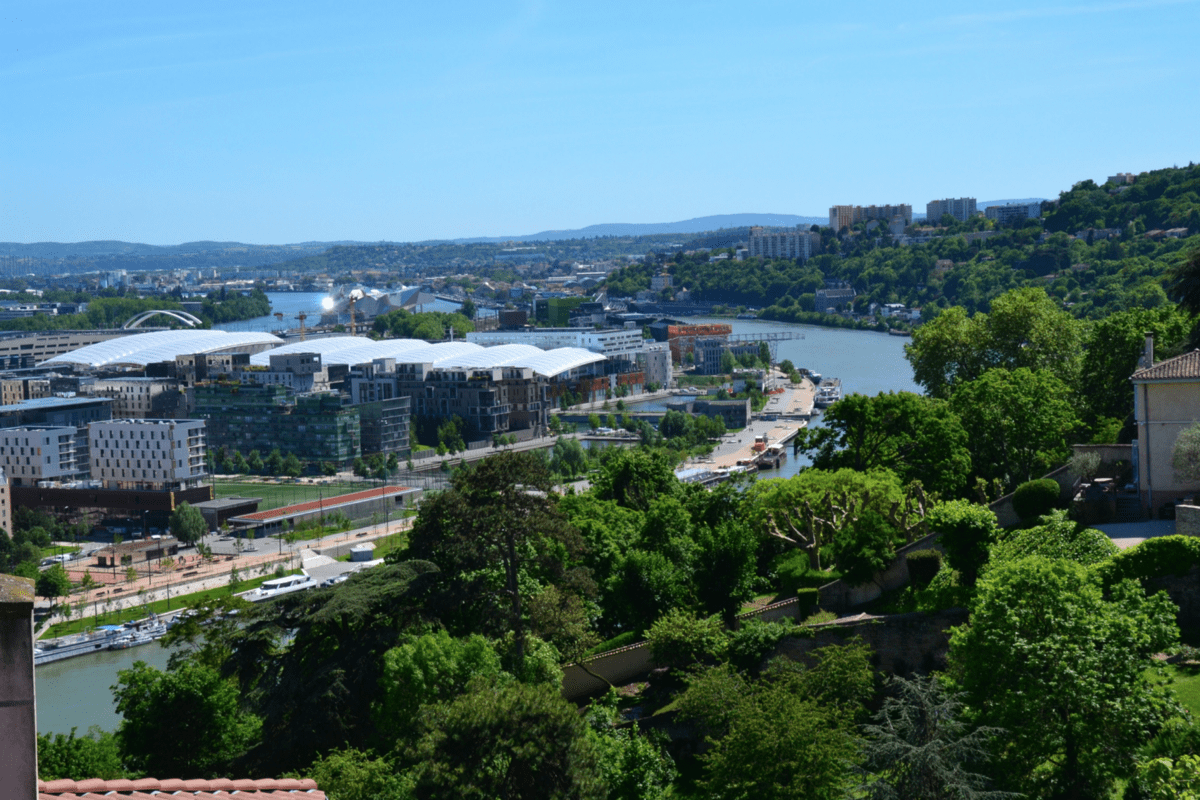
The Public Wealth of Cities
La Fabrique de la Cité
La Fabrique de la Cité is a think tank dedicated to urban foresight, created by the VINCI group, its sponsor, in 2010. La Fabrique de la Cité acts as a forum where urban stakeholders, whether French or international, collaborate to bring forth new ways of building and rebuilding cities.
















